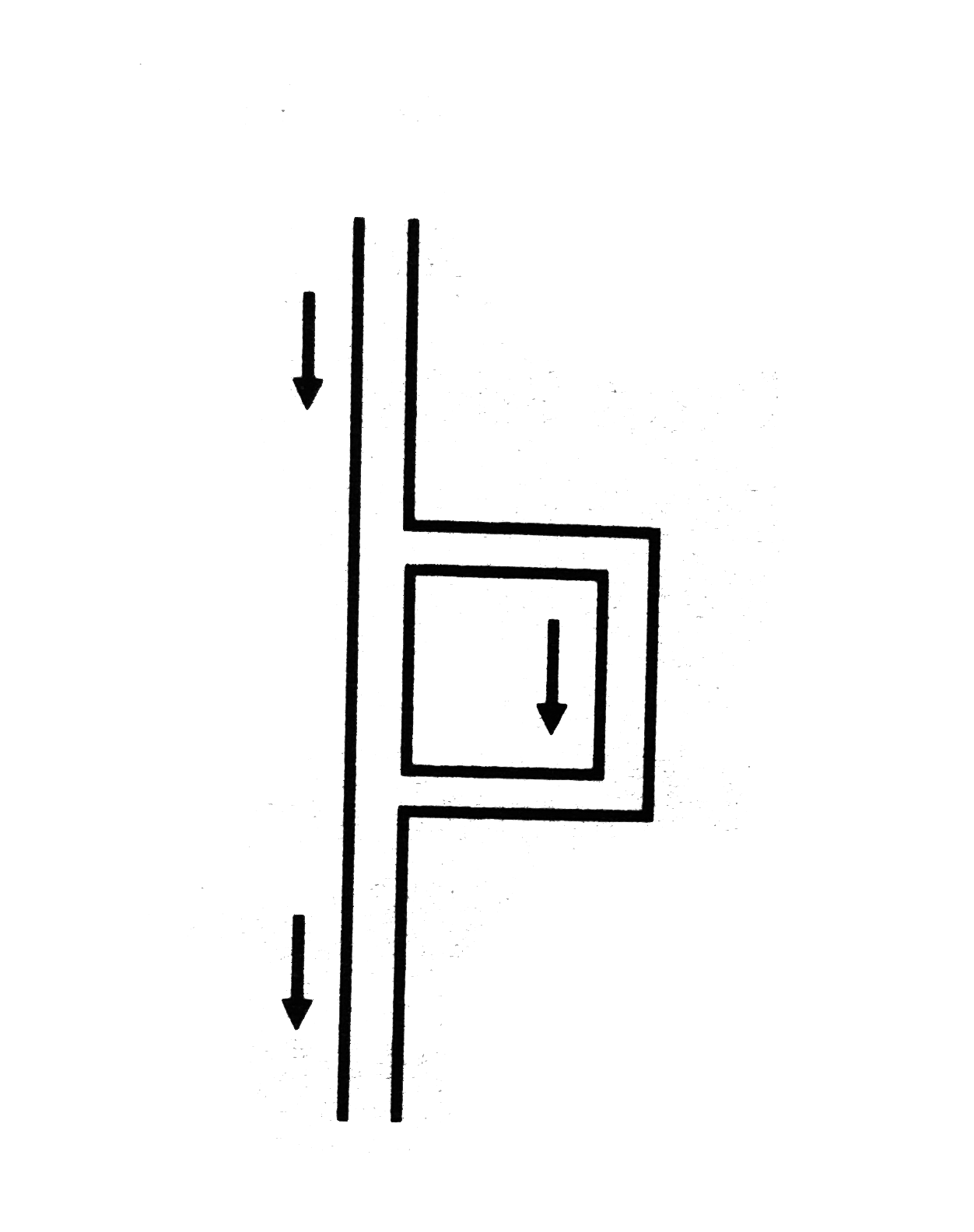Three identical sound waves pass through an air column, a brass rod and an oil pipe of same length. In which of the three will it take the least time to reach the other end?
Step by step video & image solution for Three identical sound waves pass through an air column, a brass rod and an oil pipe of same length. In which of the three will it take the least time to reach the other end? by Physics experts to help you in doubts & scoring excellent marks in Class 12 exams.
Topper's Solved these Questions
- BOOK - AAKASH SERIESCHAPTER - WAVE MOTION AND SOUNDEXERCISE - PROBLEMS (LEVEL - I)59videos
WAVE MOTION AND SOUND
- BOOK - AAKASH SERIESCHAPTER - WAVE MOTION AND SOUNDEXERCISE - PROBLEMS (LEVEL - II)97videos
WAVE MOTION AND SOUND
- BOOK - AAKASH SERIESCHAPTER - WAVE MOTION AND SOUNDEXERCISE - EXERCISE (SHORT ANSWER QUESTIONS)13videos
WAVE MOTION AND SOUND
- BOOK - AAKASH SERIESCHAPTER - WAVE MOTIONEXERCISE - PRACTICE SHEET ADVANCED (INTEGER TYPE QUESTIONS)10videos
WAVE MOTION
- BOOK - AAKASH SERIESCHAPTER - WAVE OPTICSEXERCISE - PROBLEMS (LEVEL - II)33videos
WAVE OPTICS
Similar Questions
Knowledge Check
- Question 1 - Select One
A sound wave is passing through air column in the form of compression and rerefactions. In consecutive compressions and rerefactions.
Adensity remains constantBBoyles law is obeyedCbulk modulus of air oscillatesDthere is no transfer of heat.
The speed of sound in air is 330 ms−1 and in water is 1650 ms−1. It takes 2 s for sound to reach a certain distance from the source placed in air. How much time will it take for sound to reach the same distance when the source is in water ?
View SolutionAssume that the thermal conductivity of copper is twice that of aluminium and four times that of brass. Three metal rods made of copper, aluminium and brass are each 15 cm long and 2 cm in diameter. These rods are placed end to end, with aluminium between the other two. The free ends of the copper and brass rods are maintained at 100∘C and 0∘C respectively. The system is allowed to reach the steady state condition. Assume there is no loss of heat anywhere.
When steady state condition is reached everywhere, which of the following statement is true?View SolutionAssume that the thermal conductivity of copper is twice that of aluminium and four times that of brass. Three metal rods made of copper, aluminium and brass are each 15 cm long and 2 cm in diameter. These rods are placed end to end, with aluminium between the other two. The free ends of the copper and brass rods are maintained at 100∘C and 0∘C respectively. The system is allowed to reach the steady state condition. Assume there is no loss of heat anywhere.
When steady state condition is reached everywhere, which of the following statement is true?View SolutionThree identical rods are joined together to form an equilateral triangle frame. Its radius of gyration about an axis passing through a corner and perpendicular to the plane of the triangle is.
View SolutionA closed and an open organ pipe have the same length. When they are vibrating simultaneously in their first overtone, they produce three beats. The length of the open pipe is now made one third the original length and one of its ends is closed. On the other hand, the length of the closed pipe is made three times the original length. The number of betats produced when they vibrate with fundamental frequencies will be
View SolutionThree metal rods made of copper, aluminium and brass, each 20cm long 4cm in diameter, are placed end to end with aluminium between the other two. The free ends of copper and brass are maintained at 100 and 0∘C respectively. Assume that the thermal conductivity of copper is twice that of aluminium and four times that of brass. The approximately equilibrium temperatures of the copper-aluminiu and aluminium-brass junctions are respectively.
 View Solution
View SolutionA sound consists of four frequencies : 300Hz,600Hz,1200Hzand2400Hz. A sound 'filter' is made by passing this sound through a bifurcate pipe as shown . The sound wave has to travel a distance of 50cm more in the right branch - pipe than in the straight pipe. The speed of sound in air is 300m/s. Then , which of the following frequencies will be almost completely muffled or 'silenced' at the outlet?
 View Solution
View Solution

